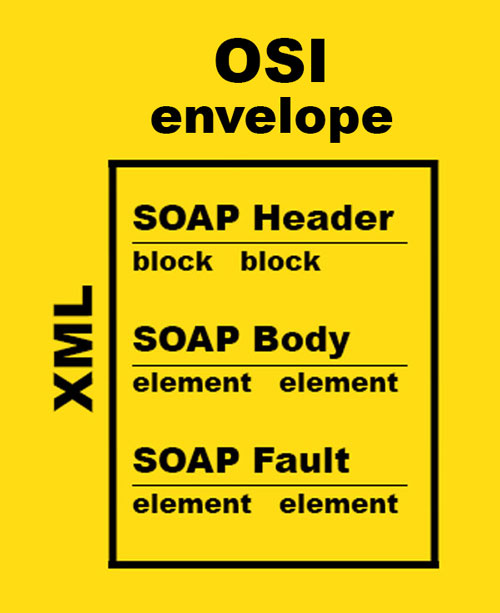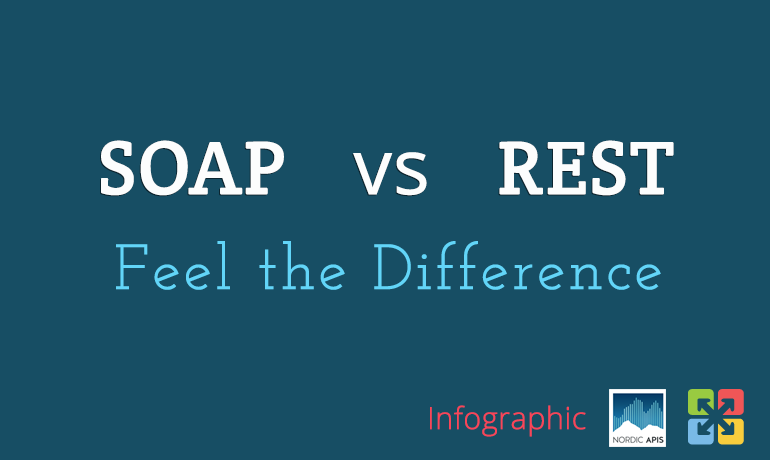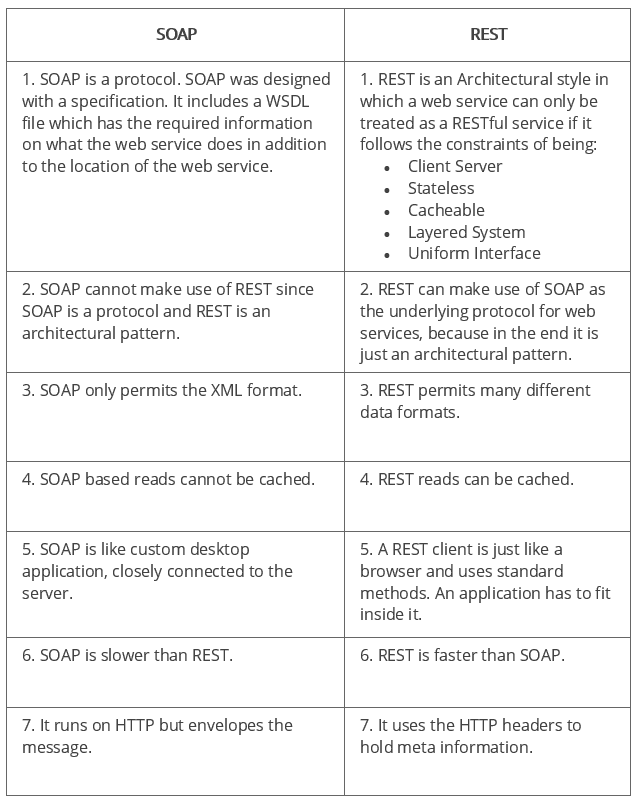


SOAP web services, such as JAX-WS, are useful for asynchronous processing and invocation.
#Soap vs rest vs rmi code#
With the SOAP approach, developers don't need to write plumbing code into the application layer. The four methodsGET, PUT (PATCH), DELETE, and POSTare extremely powerful when APIs are built right, especially on top of legacy systems using a relational database for storage. Most real-world applications are not simple and support complex operations, which require conversational state and contextual information to be maintained. To make the most of REST on legacy systems, and to avoid overloading the API, a focus on backward compatibility is required. SOAP requires less plumbing code than REST services design (e.g., transactions, security, coordination, addressing and trust).

WSDL is akin to a contract to define the interface that the service offers. VS SOAP - The Web Services Description Language (WSDL) describes a common set of rules to define the messages, bindings, operations and location of the service. A REST-based implementation is simple compared to SOAP. REST is useful for restricted-profile devices, such as mobile, for which the overhead of additional parameters are less (e.g., headers). Service producers and consumers must understand the context and content being passed along as there is no standard set of rules to describe the REST web services interface. This can improve the performance if the information the service returns is not altered frequently and is not dynamic. For most servers, RESTful web services provide a good caching infrastructure over an HTTP GET method. You can test this condition by restarting the server and checking if interactions survive. Complex to understand and develop ejb applications.REST - RESTful web services are stateless.For other language client, you need to go for webservice. So EJB with web service will be better option. net, php etc, we need to go with webservices (SOAP or REST). If bean client need to be written in other language such as. In EJB, bean component and bean client both must be written in java language. RMI is built on the top of socket programming.ĮJB technology is built on the top of RMI. It is not required to be deployed on the server.ĮJB is a server-side component, it is required to be deployed on the server. In EJB, middleware services are provided by EJB Container automatically. In RMI, middleware services such as security, transaction management, object pooling etc. The differences between RMI and EJB are given below: RMI Difference between RMI and EJBīoth RMI and EJB, provides services to access an object running in another JVM (known as remote object) from another JVM. Now, it is replaced with JPA (Java Persistent API). It encapsulates the state that can be persisted in the database. Like Session Bean, it contains the business logic but it is invoked by passing message. Session bean contains business logic that can be invoked by local, remote or webservice client. There are 3 types of enterprise bean in java.

EJB application is separated from presentation and persistent layer. Application needs encapsulated business logic.EJB applications supports load balancing, clustering and fail-over. But, it is different from Java Bean, RMI and Web Services. It performs:ĮJB application is deployed on the server, so it is called server side component also.ĮJB is like COM ( Component Object Model) provided by Microsoft. To run EJB application, you need an application server (EJB Container) such as Jboss, Glassfish, Weblogic, Websphere etc. To get information about distributed applications, visit RMI Tutorial first. It is a specification provided by Sun Microsystems to develop secured, robust and scalable distributed applications. EJB is an acronym for enterprise java bean.


 0 kommentar(er)
0 kommentar(er)
